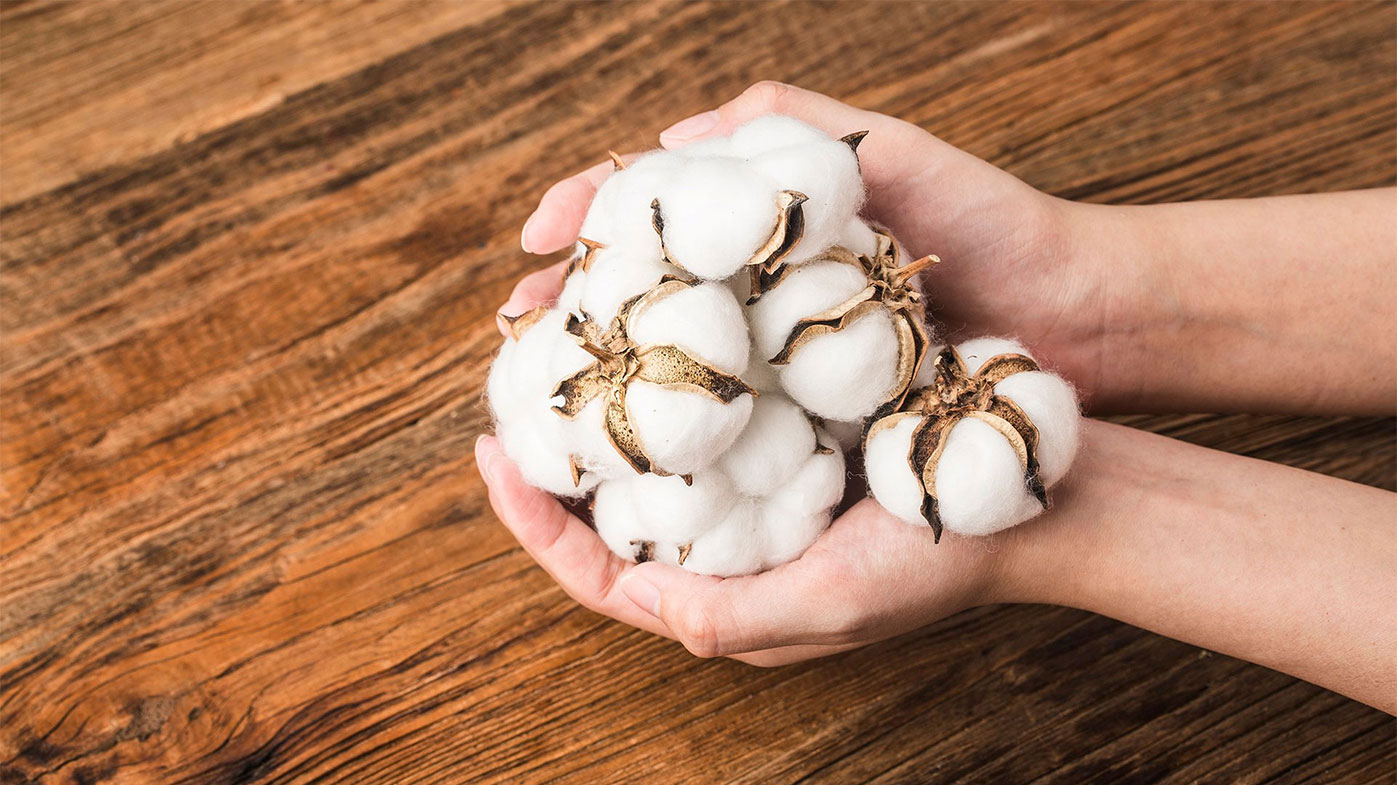
Jan 12, 2024
Nothing changed.
USDA’s January supply demand report doused water on the market’s attempt to light up futures prices. The price outlook for the nearby March contract remains, as the Varner Boys commented last week, boring. Prices did climb above the short-term moving averages, but expectations for any lasting positive market response is lacking. The On-Call report continues to be negative (or as another said, “There is nothing positive in it.”).
While the U.S. numbers showed a critical tightening of U.S. supplies, world supplies ballooned some two million bales higher. Thus, the five cent 78-83 trading range continues to provide price support on the lower side and price resistance on the upper side of the trading range. This range will be very dominant into the March contract’s first notice day, six weeks from today.
The U.S. Department of Commerce produced the first negative report on the week, showing inflation continues to be a problem as December inflation reached 3.9% higher compared to December 2022 – double the Fed’s announced target rate. We caution that inflation will continue to be a significant problem as Washington has still not been able to cure its vast appetite to spend other people’s money.
Too, we have cautioned that the 12-16 million undocumented immigrants will have to live on the government dole. (That is almost the equivalent of adding another North Carolina and South Carolina between 2021 and 2024. The current pace is akin to adding a new Denver, Colorado every three months.) The report showed that overall inflation increased 17.6% over the past three years. Specific categories over the same three years included Food (+33.7%), Shelter (+18.7%), Energy (+32.8%), and Electricity (+27.1%).
Inflation is going nowhere but up. The impact will be fewer and fewer expenditures for apparel goods and a continued chocking on cotton prices.
At first blush, the January supply demand report appeared bullish as the estimate of U.S. ending stocks fell below the psychologically magic 3.0 million bales – falling to 2.8 million, down 200,000 bales from the December estimate. The estimate was based on the reduction of the U.S. crop from 12.8 to 12.4 million bales. Exports were reduced 100,000 bales, down to 12.1 million.
The loss of a viable domestic textile industry, coupled with the once dominance by the U.S. in the world export market, likely has changed the fact that a carryover below 3.0 million bales is viewed as very bullish.
Recall too that Brazilian exports have increased some 60% just in 2023-24 alone, primarily by selling to markets that were historically dominated by U.S. exports. With U.S. exports falling, both numerically and as a percentage of world trade, the industry will have to find an effective counter to the extraordinarily successful efforts of the Brazilian cotton industry.
USDA noted that world production was increased 200,000 bales, but world consumption was lowered 1.3 million bales. World trade was unchanged, but world ending stocks were increased 2.0 million bales, up to 84.4 million.
USDA did recognize the ongoing strong purchases by China. However, by leaving Chinese consumption unchanged, it de facto agreed with the industry’s long held feeling that the Chinese were buying what they considered “relatively cheaply priced cotton” – not for immediate mill use, but to replenish Chinese reserve stocks. Too, it should be noted that China will continue to buy both U.S. and Brazilian growths, thus helping to support prices in the high 70s to low 80s. Their buying will continue, week after week, if the market remains in this price range.
Supporting this, we note that in the USDA report, Chinese production was increased 500,000 bales, the estimate of Chinese imports was also raised another 500,000 bales, but that Chinese consumption was unchanged. That is, China will continue to buy to resupply its strategic reserve.
The 78-83 cent trading range is very dominant with most of the activity between 79-82 cents.
New Year’s Resolution: Get Bullish Cotton. Plant Cotton!
Give a gift of cotton today.
